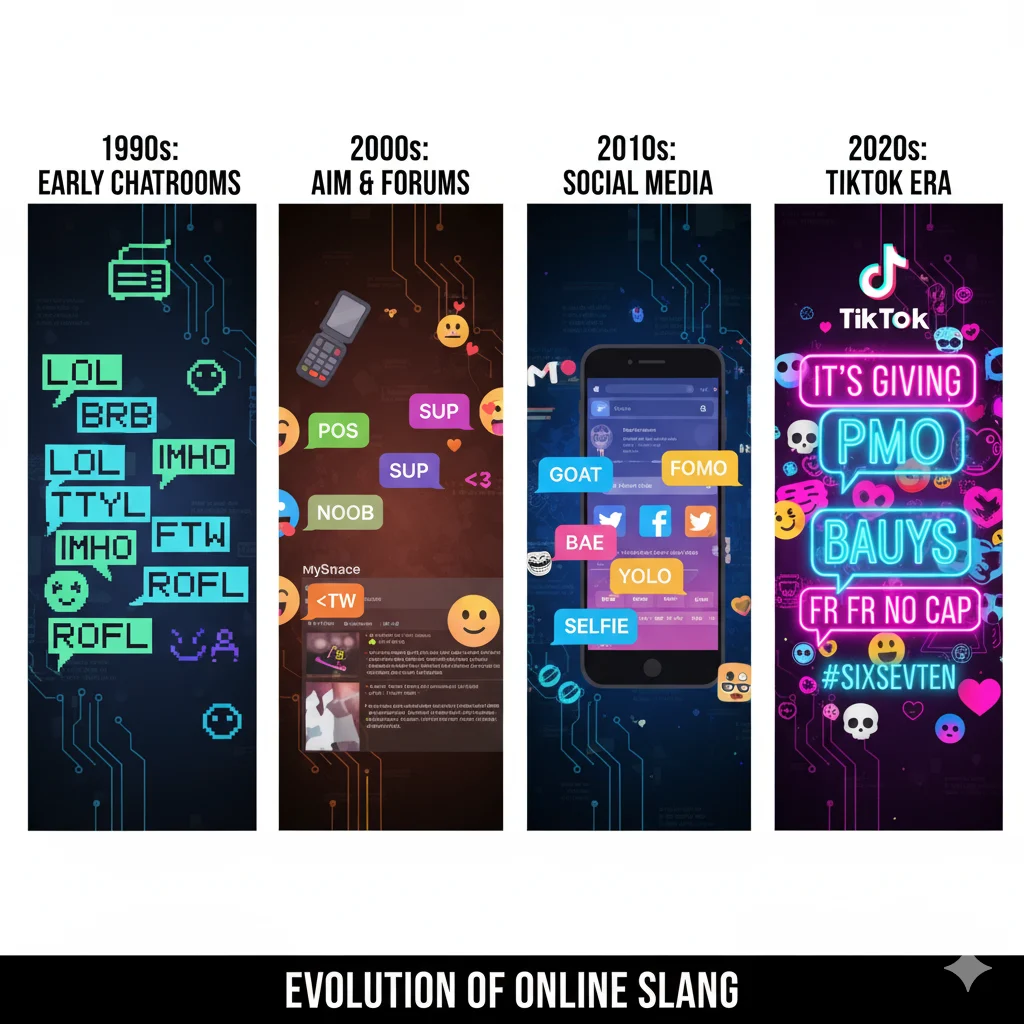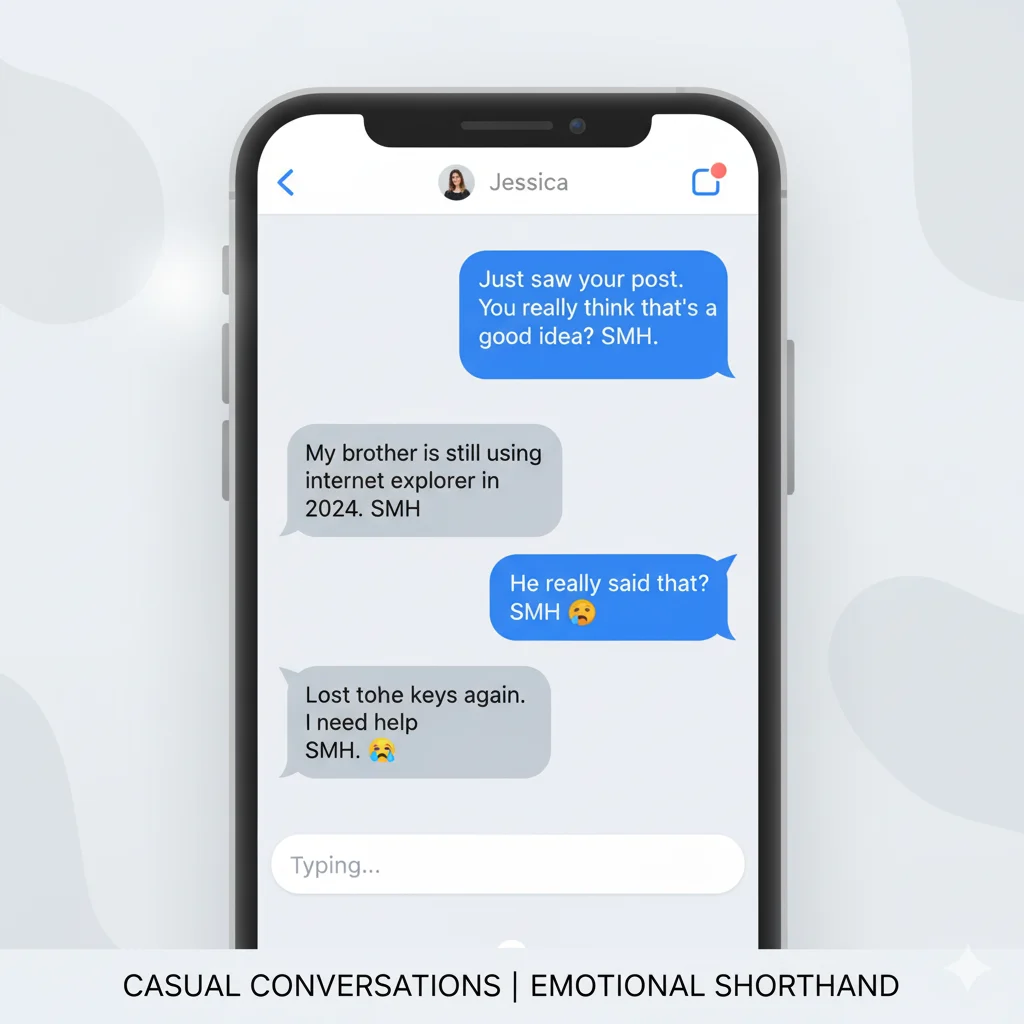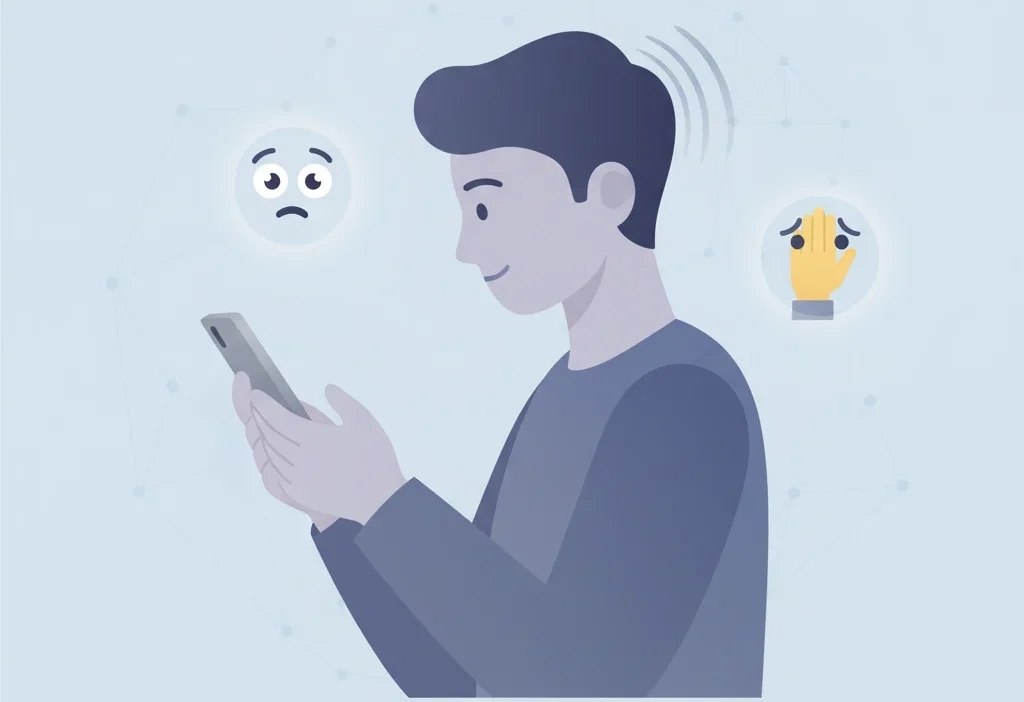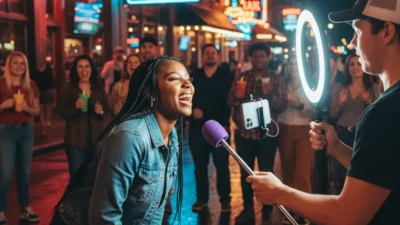In today’s fast-paced digital world, new slang seems to appear every week — from “FOMO” to “delulu,” and now “SMH.” If you’ve ever scrolled through TikTok, X (Twitter), or Instagram and seen someone comment “SMH” under a post, you might have wondered: what does it actually mean?
This article breaks down the meaning of SMH, how it’s used in texts and online conversations, and what parents and everyday users should know about it. We’ll also explore its variations, emotional tone, and cultural role in the language of social media.
🔤 What Does SMH Mean?
The acronym SMH stands for “Shaking My Head.” It’s a quick and expressive way to show disbelief, frustration, disappointment, or disapproval without writing a full sentence.
When someone types “SMH”, they’re virtually shaking their head in reaction to something that feels foolish, shocking, or just plain ridiculous. It’s one of the internet’s simplest yet most powerful emotional cues — an eye roll in text form.
Primary keyword: what does SMH mean
Secondary keywords: SMH meaning in text, SMH meaning in social media
LSI keywords: what does SMH stand for, SMH examples, slang meaning of SMH, shaking my head meme
💬 The Origin of SMH in Internet Culture
While the exact birth of the term SMH is unclear, its digital roots trace back to the early 2000s during the rise of online chatrooms and instant messaging platforms like AOL and MSN. By the time Twitter (now X) gained popularity, SMH had become a mainstream reaction phrase.

It quickly became part of meme culture, often paired with GIFs of celebrities shaking their heads or emojis like 🤦♀️ or 🙄. Over time, it spread to text messages, captions, comment sections, and even professional chats, reflecting how seamlessly internet language evolves.
Today, SMH is more than slang — it’s a cultural shorthand for “I can’t believe this just happened.”
📱 What Does SMH Mean in Text and Social Media?
When someone texts “SMH,” it’s rarely about actual head-shaking. Instead, it expresses emotion or reaction — a feeling condensed into three letters.
Here are a few examples:
- “My teacher made us redo the whole project… SMH.”
- “SMH, people still think pineapple doesn’t belong on pizza.”
- “They forgot my coffee order again. SMH.”
- “You really posted that? SMH 😭.”
These simple abbreviations carry tone — frustration, disbelief, or sarcasm — that would otherwise need full sentences.
😅 Alternate Meanings of SMH
While “Shaking My Head” is by far the most common meaning, language on the internet evolves quickly. In some online spaces, users have reinterpreted the acronym.
Here are a few less common versions of SMH found across communities:
- So Much Hate — used when calling out negativity online. “All this drama over nothing… SMH (so much hate).”
- So Much Hype — showing excitement for trending content. “This new song has me SMH (so much hype) right now!”
- Scratching My Head — indicating confusion or puzzlement. “Wait, how did we lose that game? SMH (scratching my head).”
- Suck My Hole — an aggressive or rude form, occasionally found in explicit online spaces.
- Sex Might Help — a rarely used sexual variation, mainly seen in adult chat forums.
However, in mainstream communication, none of these alternate meanings are as widely recognized as “Shaking My Head.” Always consider context before interpreting or using the acronym.
📖 What Does SMH Mean Sexually?
Occasionally, SMH takes on a sexualized meaning, standing for “Sex Might Help.” While this version is not common, it’s sometimes used in adult discussions or flirtatious exchanges.
Parents and guardians should note that slang often shifts depending on age group and platform. Having open conversations with teens about the language they encounter online helps maintain understanding and trust — especially since acronyms can carry multiple meanings in different contexts.
🧠 The Psychological and Social Meaning Behind SMH
Why do people use SMH so often? Linguistically, it’s part of how emotional shorthand works in the digital era.

Typing “SMH” lets users express emotion without vulnerability. Instead of writing, “I’m disappointed” or “That’s frustrating,” SMH conveys the same feeling instantly. It fits into the modern communication trend of brevity and relatability — being expressive while staying casual.
In online culture, “SMH” also represents collective emotion. When thousands of users reply “SMH” to a viral post, it becomes a shared digital gesture — a silent but unified shake of the internet’s collective head.
💡 How to Use SMH the Right Way
Like all slang, SMH works best in the right context. It’s perfect for informal or humorous communication, but not recommended for formal or professional settings.
Here’s a quick guide on how to use it naturally:

✅ DO:
- Use it in casual texts, comments, or captions.
- Pair it with humor or irony.
- Use emojis (🙄, 🤦, 😭) for tone clarity.
🚫 DON’T:
- Use it in emails to clients, teachers, or employers.
- Assume everyone knows what it means (especially across generations).
🗣️ Variations and Related Slang
Other slang phrases with a similar emotional tone include:
- “Sigh.”
- “Bruh.”
- “Really?”
- “Can’t believe it.”
- “Ridiculous.”
- 🤦 (facepalming emoji)
- 🙄 (rolling eyes emoji)
- 🤯 (mind blown emoji)
Each of these works as a linguistic shortcut, offering an emotional reaction rather than a literal one.
👨👩👧👦 Why Understanding Slang Like SMH Matters
Slang isn’t just about language; it’s about connection. When parents, educators, or older users understand digital slang like “SMH,” they build bridges across generations.
This cultural awareness fosters digital literacy — an essential skill in modern communication. Knowing the meanings and emotional undertones behind online terms helps avoid miscommunication and keeps conversations authentic and respectful.
🙋♀️ FAQs About SMH
1. Is SMH rude?
Not really — it depends on tone. It’s usually playful or sarcastic rather than offensive.
2. Can SMH mean “so much hate”?
Yes, though it’s rare. “Shaking my head” remains the dominant meaning.
3. What’s the difference between SMH and facepalm?
They both express disbelief, but “facepalm” is more visual while “SMH” is more text-based.
4. Is it okay to use SMH in professional messages?
Avoid it in formal settings; it’s better suited for friendly or casual conversations.
5. What are other slang terms like SMH?
Terms like “LOL,” “FOMO,” “TBH,” and “IDK” serve similar expressive shortcuts.
🪞Conclusion: SMH and the Future of Digital Emotion
“SMH” may seem like just another abbreviation, but it’s a small symbol of how deeply digital culture shapes modern expression. It reflects how we laugh, react, and connect — faster than ever before.
In a world where attention spans are short and emojis replace tone, SMH remains one of the simplest ways to say, “I can’t believe this” — no matter the generation.
So the next time you scroll past a wild post or absurd comment, just type it out: SMH.

Emily Dickinson expressed profound spiritual truths through the quiet beauty of her poetry. Her words explore life, death, nature, and eternity with tender simplicity and deep symbolism. Dickinson’s gentle insight continues to inspire readers to look beyond the visible and feel the divine in silence and solitude.



